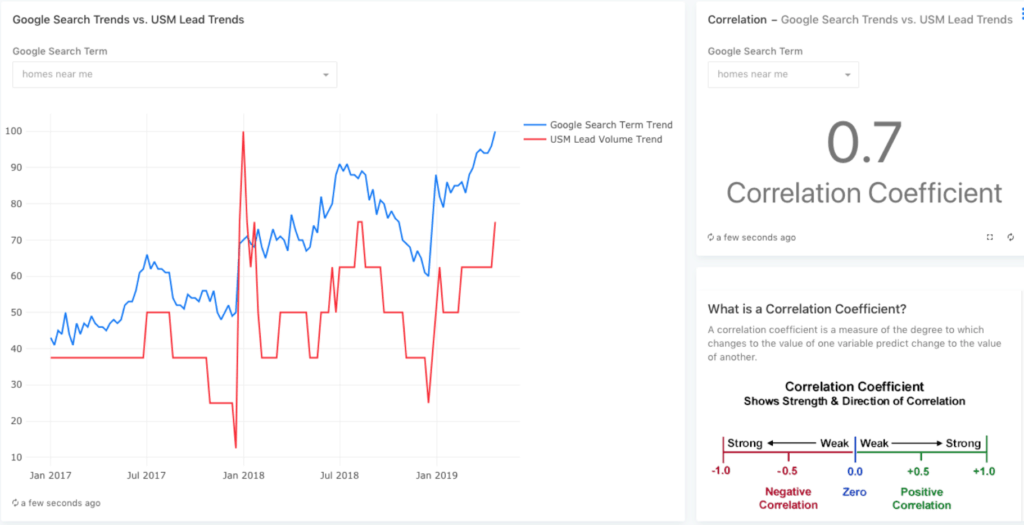From Predictive to Prescriptive
Taking action from analytics has never been easier, or more important.
For years, predictive analytics was the solution to understanding the consumer. Where traditional analytics provides us with tools to understand data so we can interpret it, descriptive analytics helped us answer the question “what happened?” and predictive analytics uses statistical models to forecast “what could happen?”. This shift was essential as the amount of data that exists today and the importance of understanding it has for a long time surpassed our ability as humans to actually make sense of it.
As data mining, modeling and machine learning have improved, we’ve now entered a new phase of leveraging prescriptive analytics, which uses algorithms to simulate possible outcomes and answer the questions of “what should we do?” and “what would happen if?” Prescriptive analytics aim to quantify the impact of future decisions to advise on possible outcomes. An example of this in real estate would be predicting when a house is going to sell and prescribing a set of actions that should be taken based on that information, such as turning off your advertising spend for a listing that already has enough potential buyers that its likelihood of going under contract soon is almost guaranteed and shifting that ad spend to a listing that is struggling and needs more exposure.
At Union Street Media, we’re leveraging first party and third party data to identify patterns and trends and draw correlations that are likely to impact our clients’ businesses. For example, when searches including “near me” increase on Google, we see a direct correlation in our clients’ lead volume (see below image). Using that data, we can prescribe actions based on the volume of “near me” searches and predictability of lead generation, such as increasing or decreasing ad spend. The value of prescriptive analytics in providing recommendations that address uncovered insights is just starting to be understood and we are very excited about the possibilities.










